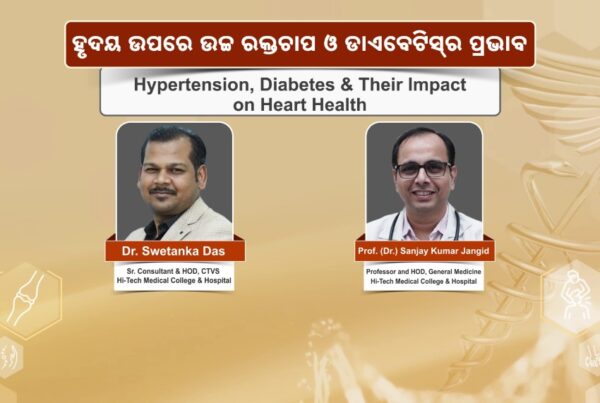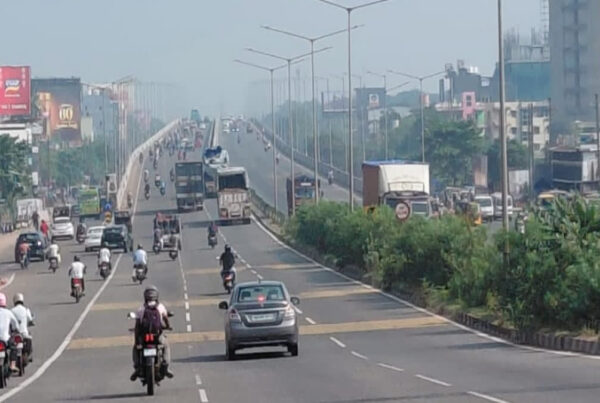Delhi’s air quality often reaches toxic levels, especially during the winter months, due to a combination of various pollution sources. The toxic air can pose serious health risks for residents, with fine particulate matter (PM2.5) and other pollutants exceeding safe limits. Here are some of the key reasons why Delhi experiences such toxic air:
1. High Concentrations of PM2.5:
- PM2.5 refers to fine particles less than 2.5 micrometers in diameter, which can enter the lungs and bloodstream, causing serious health issues.
- In Delhi, PM2.5 levels frequently exceed 300 µg/m³ (micrograms per cubic meter) during winters, while the World Health Organization (WHO) recommends an annual average of 10 µg/m³ for safety.
- These particles come from vehicle emissions, industrial pollution, construction dust, and burning of crop residue.
2. Stubble Burning:
- During the harvest season (October-November), farmers in neighboring states like Punjab and Haryana burn crop stubble, releasing massive amounts of smoke into the air, which drifts into Delhi. This contributes to a sudden spike in pollution levels.
3. Vehicle Emissions and Traffic:
- Delhi has a very high density of vehicles, and the emissions from cars, trucks, and buses contribute heavily to the toxic air. Diesel-powered vehicles, in particular, emit high levels of particulate matter and nitrogen oxides (NOx).
4. Industrial and Construction Activities:
- Many industries in and around Delhi release pollutants such as sulfur dioxide (SO2) and nitrogen oxides (NOx). Additionally, dust from ongoing construction work and road development also worsens the air quality.
5. Temperature Inversions:
- During winters, temperature inversions occur, where a layer of warmer air traps colder air near the ground, trapping pollutants at low levels and preventing their dispersion. This results in a thick smog that can persist for days.
6. Health Risks:
- Prolonged exposure to toxic air in Delhi leads to respiratory diseases, heart conditions, stroke, and lung cancer. Children, the elderly, and people with pre-existing health conditions are particularly vulnerable.
- The air can also exacerbate asthma, bronchitis, and other chronic respiratory issues.
7. Air Quality Index (AQI):
- The Air Quality Index (AQI) is used to measure and report air quality. In Delhi, the AQI frequently reaches hazardous levels, where the readings go above 300 (in the “hazardous” range). At these levels, even healthy individuals may experience health effects.
- During critical periods, the AQI in Delhi can even exceed 500, which is considered extremely hazardous.
Government Measures:
- Various measures, such as odd-even vehicle schemes, construction bans, and smog towers, are being implemented to mitigate the toxic air quality. However, these measures have had limited success in reducing pollution significantly.
The toxic air quality in Delhi poses serious health risks, especially during peak pollution seasons. Tackling this issue requires long-term efforts to reduce emissions, improve public transportation, and combat agricultural burning, along with stricter enforcement of environmental regulations.




